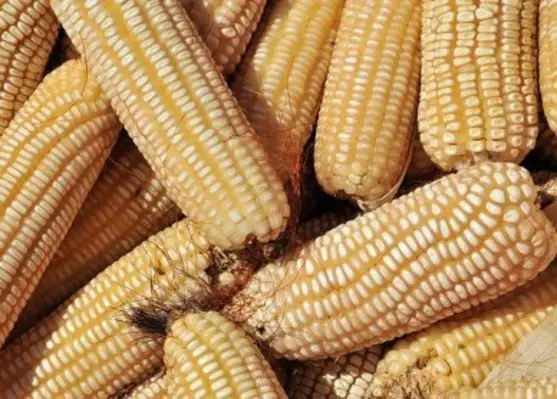Climate change is expected to have a serious impact on Asias wheat and maize production as early as the 2020s – with a potentially devastating effect on food security, a report warns.
Crops
New monitoring system to track wheat fungus in 27 countries
Wheat experts have reported a breakthrough in their ability to track the crop fungus Ug99 and related strains of mutating wheat pathogen ‘stem rust’ that threatens wheat fields from East Africa to South Asia
Small-scale irrigation schemes' fillip to food security
As food prices escalate globally, a new study finds that small-scale irrigation schemes can protect millions of farmers from food insecurity and climate risks in sub-Saharan Africa and South Asia
Mercy Corps to launch mobile banking for farmers
The global humanitarian agency Mercy Corps has launched a multi-country programme that will use mobile technologies to give farmers in the developing world a package of services to increase their harvests
Census on Agriculture and Fisheries to be conducted in Philippines
Beginning February 2013, the enumeration for the Census on Agriculture and Fisheries (CAF) will be conducted in all regions and provinces in the Philippines





